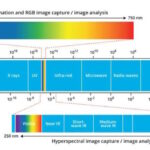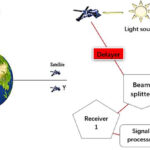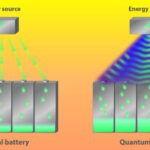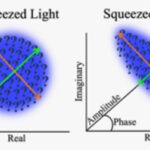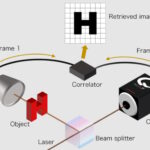Quantum sensing is important in the control of quantum computers and in advanced sensor applications ranging from navigation to medical diagnosis. For a discussion of quantum control, check out the FAQ “What’s quantum control and how is it used?”
This FAQ looks at how quantum sensing is used to measure various physical parameters and efforts to expand the utility of quantum metrology and sensing.
Quantum sensing uses the inherent instability of quantum phenomena to create tools for accurately measuring the environment, including tiny changes in gravitational, emotional, magnetic, and other forces that are only apparent on an atomic scale. Machine learning (ML), combined with precise control, can be used to optimize quantum sensor measurements and even enable sensor fusion (Figure 1).
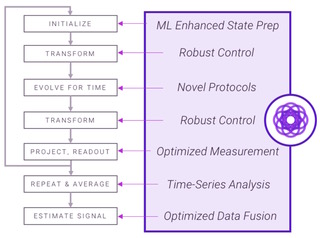
How does that work?
Quantum sensors extract information from individual atoms or molecules instead of the thousands or millions of atoms that make up classical sensors. These sensors use ‘quantum resources’ like entanglement, superposition (also called quantum interference), coherence, and quantum states that don’t exist in classical physics. The extremely small scale of quantum sensors enables extreme sensitivity and accuracy.
Quantum sensors can be more energy efficient. Their lower vulnerability to signal jamming and other sources of interference makes them more robust and reliable compared with conventional sensor technologies. Quantum sensors are beginning to emerge from the laboratory and into practical applications like:
- Faster and more reliable location services can be achieved using satellite-based global position systems (GPS).
- More accurate and detailed images for medical diagnostics, and with fewer side effects.
- Better real-time sensing of dynamic environments enables safer autonomous navigation for cars, ships, and aircraft.
- Plus, more reliable detection and imaging of underground environments like tunnels and buried archaeological ruins, and sensing minute gravitational changes that can indicate impending earthquakes.
Biomedical applications are a major thrust in quantum sensor development. Two key technologies include optically pumped magnetometers (OPMs) and magnetometry using nitrogen–vacancy (NV) centers in diamond. NV centers in diamonds can be used for the structural analysis of individual molecules, they can analyze cellular metabolism and measure the electrical activity of neurons. And they can be used as nanoscale temperature sensors in living tissues. Quantum-based OPMs can have high sensitivity and are being developed for the measurement of biomagnetic signals from people and animals (Figure 2).
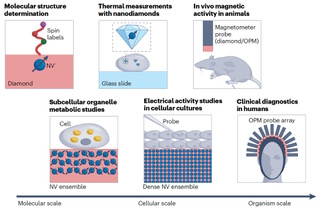
Quantum metrology & sensing
Quantum metrology and sensing and quantum enhanced imaging (QMSI) technology development and standardization is one aspect of Europe’s Quantum Flagship research initiative. Called the Focus Group on Quantum Technologies (FGQT), it’s run by the European Committee for Standardization (CEN) and the European Committee for Electrotechnical Standardization (CENELEC). The major application and standardization areas covered by CEN-CENELEC FGQT include characterization, benchmarking, and evaluation of quantum technologies and applications enabled by QMSI devices.
One of the motivations of the FGQT standardization activities is that existing standards based on International System of Units (SI) measurements need to be redefined to be applicable to quantum-scale devices. Quantum-adapted standards are needed to enable the spread of QMSI technologies and the integration of QMSI devices into larger and more complex systems based on classical computing. Standardization is expected to support the cost-effective development of general commercial hardware platforms, including quantum sensors based on NV-centers, OPMs, and so on.
Summary
Quantum sensors are being developed for a wide range of applications, from autonomous vehicles to medical diagnostics. Examples of quantum sensing technologies include Two key technologies OPMs and NV centers in diamond. Europe’s FGQT is working to develop standards adapted to the unique requirements of quantum sensing technologies and help move those technologies from the laboratory into commercial devices.
References
Deep learning for quantum sensing, SPIE
Quantum sensors for biomedical applications, nature reviews physics
Towards European standards for quantum technologies, EPJ Quantum Technology
What is quantum sensing?, BAE Systems

